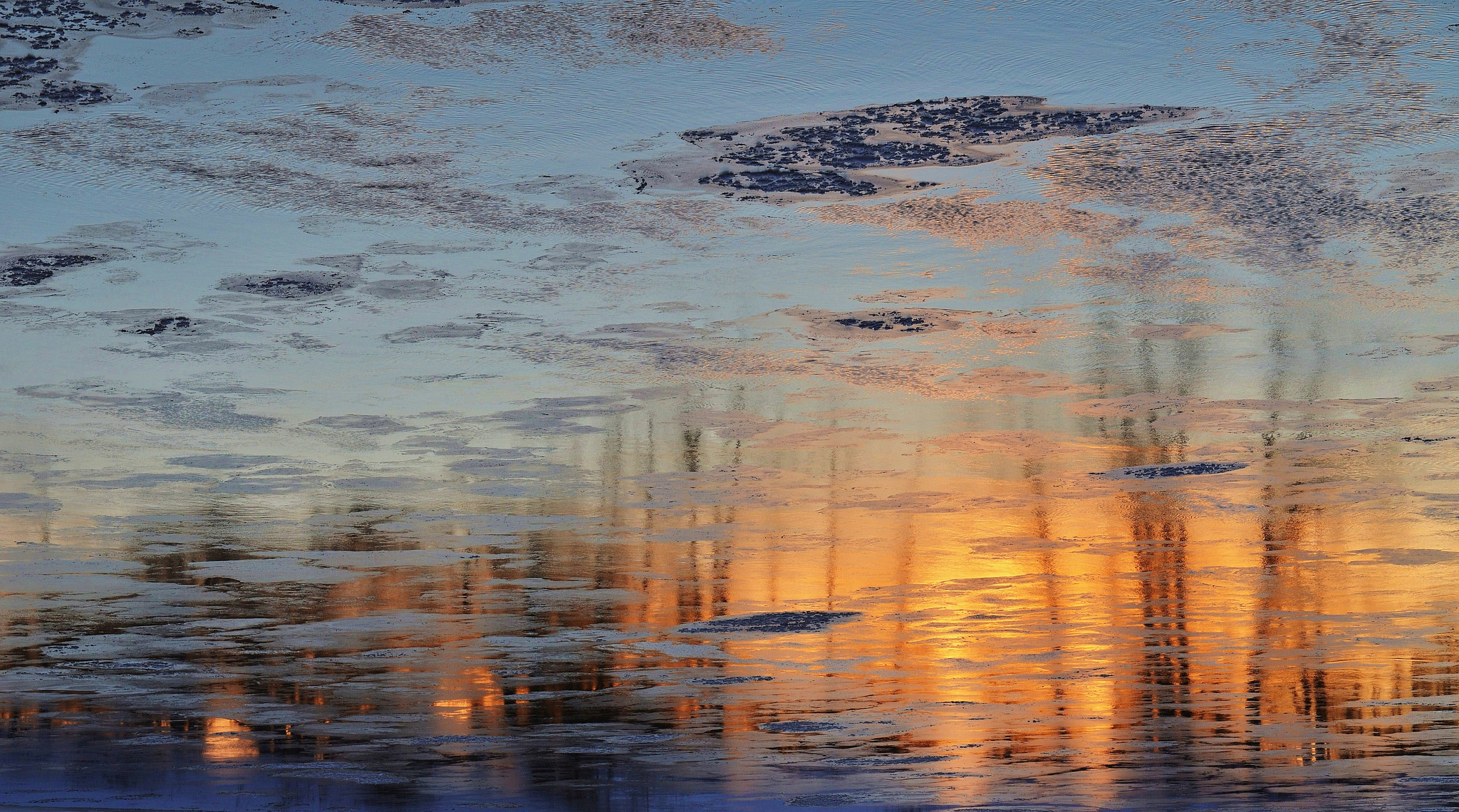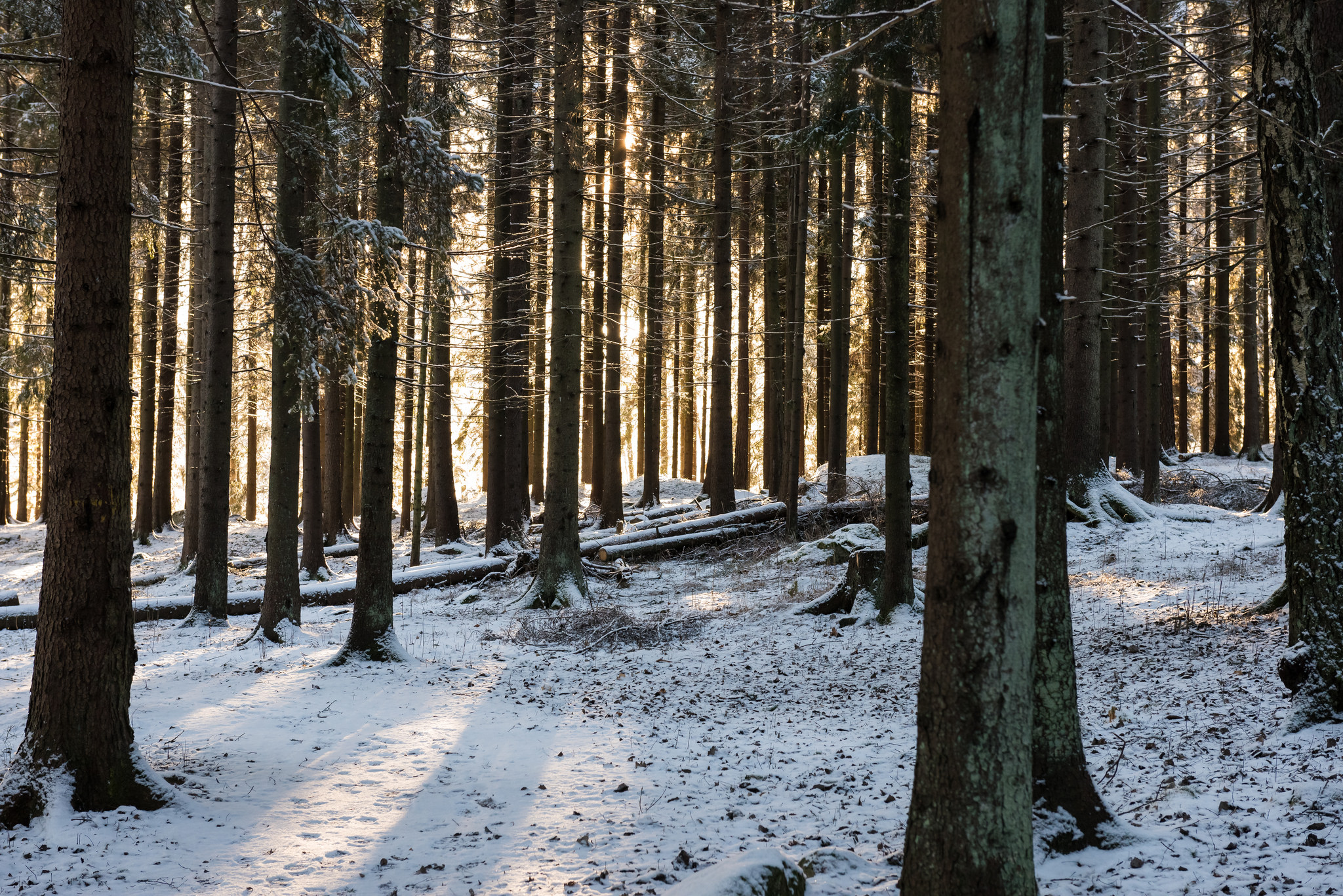7 Things You Should Know About The 2017 Winter Solstice
Today, December 21, 2017 is the Winter Solstice– the shortest day of the year, when the sun will set at 4:32 PM in New York City (womp). The good news is, it can only go up from here! Every day between now and the Summer Solstice we will see an increment more light at the end of each day.
Herewith, 7 things you should know about today:
Astrologers Are Blaming Saturn For What Some Think Will Be a Shitty Day
“Patience will not be a priority, especially if we are told that we ‘have to’ (do something) by our superiors,” Astrology website Lunar Living points out about today’s alignment of the Sun and Saturn, which are both crossing the constellation Capricorn.
Accordingly, starting something new or embarking on a difficult task today is ill-advised, as this may have long-term consequences. “We may be perceived as (in)subordinate,” LL continues. “Be ready to deal with the repercussions of the rebellion.”
Alaska Will Only Have About 3 Hours of Sunlight Today
Consider yourself lucky, Lower 48. North of the Arctic Circle– at 66.5 degrees North Latitude– the sun never even rises. In far North Parts of Maine, the sun will be setting in the 3 o’clock hour, but when, specifically, the sun will set in your area depends on your latitude and longitude coordinates. Wherever you are, just know that this will be the shortest day of the year in terms of sunlight. (Time to turn on your Happy Light, folks.)
In Latin, Solstice Means “Stopped Sun”
In Latin, solstitium means ‘the sun stands still’– a reflection on the fact that the sun reaches its largest distance from the equator on this day, and then either goes up or down in varying degrees depending on if it’s the winter or summer solstice.
Today, the term solstice is used specifically to describe “the exact moment when the sun reaches its northernmost point (around June 21) or southernmost point (around December 22) from the earth’s equator.”
We’ll Get More Sun After Today, But It Will Get Colder
According to a phenomenon known as Seasonal Temperature Lag, most areas in the Northern Hemisphere receive their coldest temps in January because the amount of solar energy arriving at the surface of the earth is less than the amount leaving the earth– at least for a few more months. (It’s sort of like how the warmest ocean weather arrives at beaches slightly after the hottest months; or rather, the water at a beach when its hot outside in early spring hasn’t yet “warmed up”.)
The Sun Contains 99.85% of the Mass in the Solar System
That’s wild. In other words, more than 1,000,000 plant earths could fit inside the sun, and we’d have to detonate over 100,000,000,000 tons of dynamite every second in order to match the energy it produces. All hail THE SUN, yo.
This is a Good Day for Fires and Houseplants
The Celtics believed that plants brought indoors during the solstice would assure woodland spirits safe refuge there during the winter months. According to the University of Vermont’s Department of Plant and Soil Science:
“The early Romans, Egyptians, Celtics and their priests [the Druids] observed that by December, the fields were no longer producing crops, leaves had fallen off the trees, and many plants had died… They lit bonfires to light up the skies both for warmth and to coax the sun to return. They thought the fire would call out to the sun, asking it to stop its descent into the earth and return to the sky. You may see this Druid festival referred to as ‘Alban Arthan’, translated from Welsh as ‘light of winter.’
Other sacred trees of the solstice were the yew (symbolizing death and the last day of the solar year), silver fir (winter solstice day and rebirth), and birch (new beginnings).
The sun, considered a supreme being, was often considered ill, only to recover with the longer days after the solstice. Some experts believe the word ‘Yule’, another term for Christmas, came from the similar Gothic and Saxon words meaning ‘wheel’. This would have referred to the cycles of the sun.
Oak was usually used for these bonfires because, being a ‘strong,’ solid wood, it was perceived to represent strength and triumph. The Saxons and Celtics often kept an oak log– usually the entire trunk of a tree–burning for 12 hours on the eve of the solstice.
Other sacred trees of the solstice were the yew (symbolizing death and the last day of the solar year), silver fir (winter solstice day and rebirth), and birch (new beginnings). The Celtics believed plants brought indoors during the solstice would assure woodland spirits safe refuge there during the winter months. They used yellow cedar (arborvitae) to symbolize cleansing and purity, ash to symbolize the sun (considered a supreme being) and protection, and the pine for peace, healing, and joy. Druid holiday colors of red, green and white are represented by berries (red), greens, and white berries (mistletoe) or white birch bark.”
By modern standards, this might instead look like you cozying up in front of a fire with your houseplants. It’s the same thing, right?
This is Also a Great Time to Consult the EarthWindMap
Just because. Check it out.




































